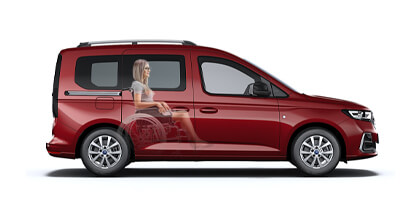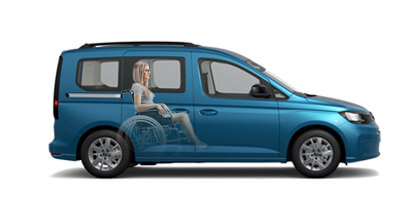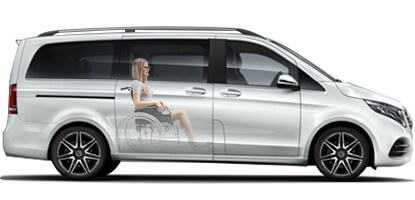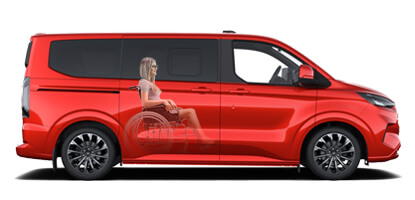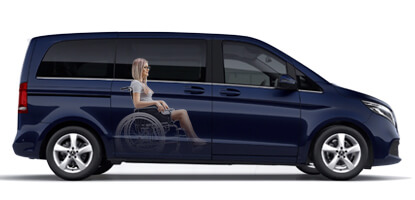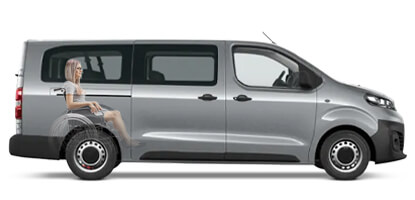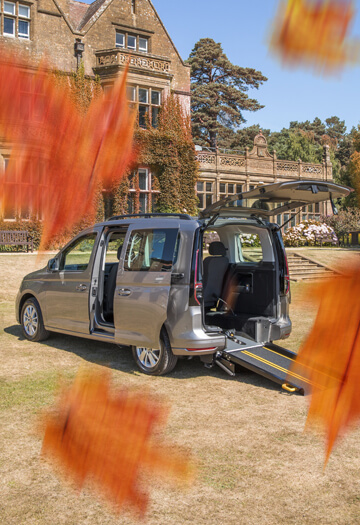There are no statistics, records or evidence that people who travel in their wheelchairs are at greater risk than any other motoring passenger. However there are many specific regulations and requirements to ensure that Wheelchair Accessible Vehicles (WAVs) are as safe as possible.
Brotherwood are the UK’s WAV Specialists and have been manufacturing WAVs for almost 40 years. During this time we have campaigned for the highest levels of safety across the WAV industry. Today Brotherwood WAVs undergo numerous individual tests before being offered for sale. But what are the main aspects of the WAV approval process?
European Community Whole Vehicle Type Approval (ECWVTA) / GB Whole Vehicle Type Approval (GBWVTA)
This testing process ensures that Brotherwood® vehicles meet all relevant environmental, safety and security standards. Post-Brexit, the UK has implemented it’s own type approval regulation called GBWVTA, which shares common standards with ECWVTA.
As the final part of our development process for new WAV models, a production prototype vehicle, representative of that model type, is built and tested. With ECWVTA or GBWVTA completed, we are then able to produce vehicles for our clients.
A number of conversion elements are stringently tested, ranging from physical testing of seatbelt anchorages, dynamic testing of seat strength and wheelchair restraint systems, through to exhaust noise tests, and fuel tank roll-over and pressure tests.

To ensure a consistent approach, the test methodology is outlined in the relevant EC Directive / GB Regulation or UN Regulation – for example the Wheelchair Tie-Down and Occupant Restraint System (WTORS) will be tested using the technical requirements laid out in ISO 10542.
The tests are carried out at an approved testing facility and independently witnessed by the VCA.
This process means that WAVS with ECWVTA or GBWVTA have undergone rigorous testing, to ensure high levels of performance and safety, giving you complete peace of mind.
Conformity of Production (CoP)
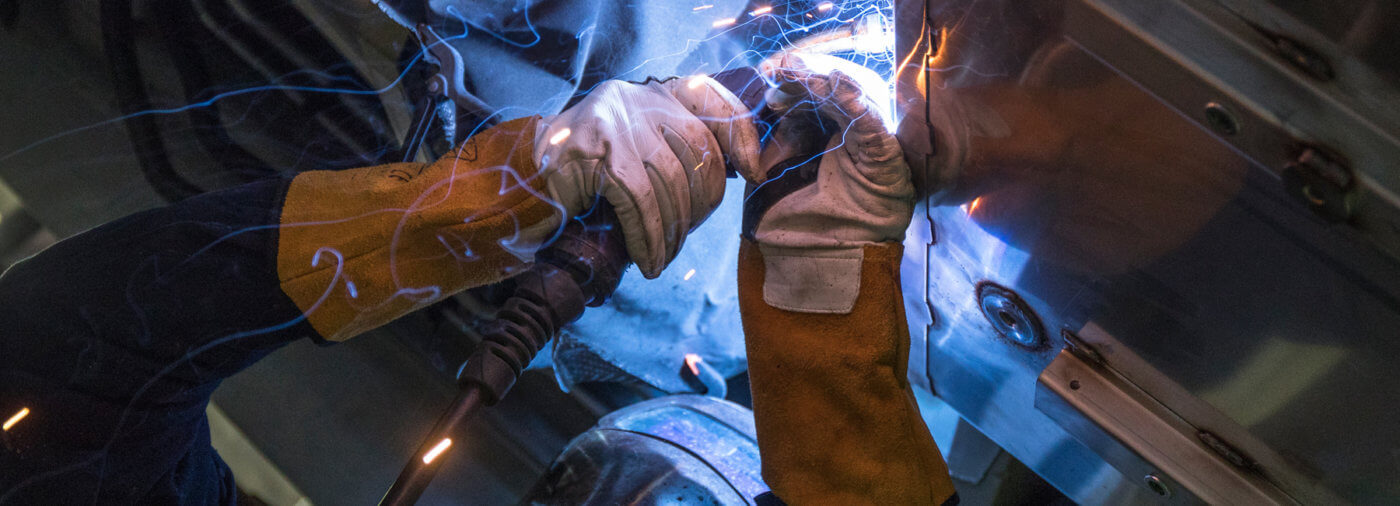
Conformity of Production (CoP) is also an integral part of the ECWVTA / GBWVTA approval process. The manufacturing process is evaluated to ensure that each customer vehicle is manufactured exactly in accordance with the tested and approved specification.
PAS2012
WAV Industry Guidelines Adopted by Motability
PAS stands for Publicly Available Specification, which is developed according to guidelines set out by the BSI (British Standards Institute). It has also been adopted by Motability as a standard for all new WAVs to be accepted onto the Motability Scheme.
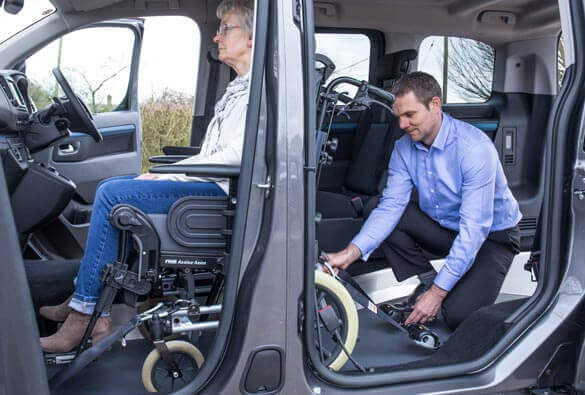
PAS 2012-1:2019 has been developed by the Wheelchair Accessible Vehicle industry to ensure:
- Best practice in WAV design, with good access
- Structural integrity of the WAV
- High levels of safety testing for the wheelchair user
- Customer service guidelines for demonstration and handover of all new WAVs
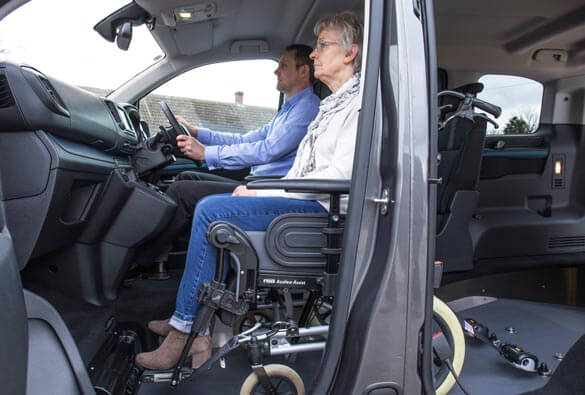
PAS2012-1:2019 Compliance will be important to you if:
- You are a wheelchair user who needs to travel in your chair
- You are a local authority, health service or care home, which provides transport for wheelchair users
- You are a taxi company or community transport service
- You are an organisation which provides information to people with mobility difficulties
ISO 10542
Technical Requirements for WTORS (Wheelchair Tie-Down & Occupant Restraint Systems)
All Wheelchair Accessible Vehicles are fitted with some type of Wheelchair Tie-Down and Occupant Restraint System (WTORS). The purpose of WTORS is to provide safe restraint of both wheelchair and passenger during transport.
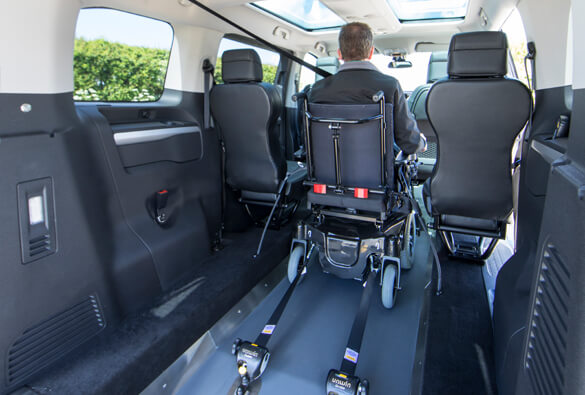
WTORS is tested according to a multi-part international standard called ISO 10542, whereby a WAV must undergo WTORS testing by simulating a 48 – 0 kph near-instantaneous deceleration (sometimes referred to as a crash test).
In order to perform this laboratory test a surrogate 85kg wheelchair is used, along with a 78kg Anthropomorphic Test Dummy (ATD).
This process places a force exceeding 20g on the surrogate wheelchair and ATD – meaning the WTORS must be able to withstand a load equivalent to 20 times their combined weight.
As both electric wheelchairs and people continue to increase in size, Brotherwood and a number of leading WTORS manufacturers are working to develop new products to meet these greater loads. As a result, new products coming to market may now be aditionally tested to weights exceeding the minimum standard required for ISO 10542 compliance.
Download the Brotherwood Guide:
Testing & Safety for Wheelchair Accessible Vehicles Explained
We are often asked questions regarding the safety of our products and how they are tested. We have produced this guide to help simplify what the jargon, acronyms and terms used in the WAV industry actually mean.
ISO 7176
Technical Requirements for Wheelchairs
The wheelchair is now officially recognised as a seating position within a vehicle. It is recommended any wheelchair intending to be used as a forward facing seat in a vehicle should meet the minimum standard prescribed in ISO 7176-19, and be tested in accordance with ISO 10542.
Wheelchairs which have been tested to comply with ISO 7176-19 typically carry the universally recognised anchor point logo.
The WTORS must be attached to the wheelchair at the specified anchor points bearing the ISO 7176 anchor point logo.
For more information regarding the suitability of a specific wheelchair refer to the wheelchair Operator’s Manual or contact the wheelchair manufacturer for guidance.
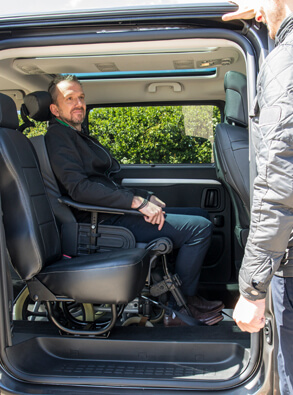
These are the main regulations covering the manufacture of Wheelchair Accessible Vehicles – but not an exhaustive list. For more information regarding WAV type approval, and to find out which Wheelchair Accessible Vehicle is right for you – contact Brotherwood – The UK’s Wheelchair Accessible Vehicle Specialists.

